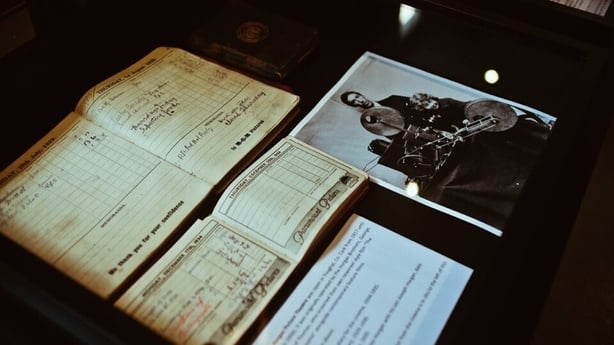Although Temple Bar often gets dismissed as an over-priced tourist trap, it's home to a number of organizations resolutely dedicated to the original vision for the area - to be a cultural quarter for Dublin.
One of these is the Irish Film Institute, Ireland’s cultural organization for film. While many people know about the IFI’s extensive cinema programme they may fail to realize that in addition to screening films 361 days of the year, the IFI also looks after the nation’s audiovisual heritage.
This work happens via the IFI Irish Film Archive, which I’m proud to have been in charge of for over 23 years. It’s a job that is exhilarating and frustrating in equal measure; as is the case with most arts organizations in Ireland, our resources seldom match our remit, and this is especially true of organizations such as the IFI which are not part of the public service.
At the IFI Archive a small but dedicated team of passionate people are working away behind the scenes on projects to preserve, restore and share our film heritage. But, despite the important work we do, we are aware that many people are oblivious to our existence - something I hope a new series of articles for RTÉ Culture will help to change.

The Archive is based in the main IFI building in Temple Bar and in a facility on the Maynooth University campus. Since it was established in 1986, the IFI Archive collection has grown to be the world’s largest and most comprehensive body of Irish moving image material, spanning 1897 to the present day and covering animation, documentary, newsreels, feature films and television.
A really large part of our collection is amateur films and home movies. The main reason we collect this type of film is because Ireland didn’t really have much of a film industry until the Irish Film Board (now called Screen Ireland) was established in 1980, we were also late in establishing a national television station in 1961; therefore any representations of Ireland captured on film before that are most likely the work of amateur filmmakers. There are of course notable exceptions, such as Irish Destiny (Eppel, 1926) The Quiet Man (Ford, 1952) and Mise Éire (Morrison 1959), but it’s true to say until the latter part of the 20th century there wasn’t a lot of professional filmmaking in Ireland, making these non-commercial representations of our nation all the more valuable and interesting.

Even if you haven’t heard of the IFI Irish Film Archive, you’ll most likely have seen the fruits of our labour many times. The next time you’re watching an Irish documentary, or tv show that contains archive footage, have a close look at the credits and 9 times out of 10, you’ll see us listed.
In addition to preserving film reels, broadcast tape, and of course digital files we actively share the material we preserve with audiences - one of the main ways we do this is through our on line platform the IFI Archive Player (which I’ve written about before).
Launched in 2016, the player holds hundreds of titles, spanning over a century of Irish film production. In order to make the material we preserve as widely available as possible, we made the player free to view and it isn’t geo-blocked either, meaning people anywhere in the world can watch it.
Over the next few months, I’m going to share some of the work we do at the IFI Archive and highlight some of the fantastic material available on the IFI Archive Player; to start things off, here’s a link to director Lenny Abrahamson’s favourite films in our collection. I hope you enjoy!
Find out more about the IFI and the IFI Archive here.


